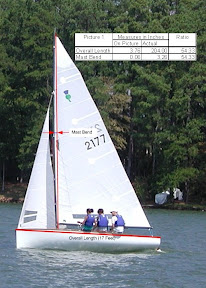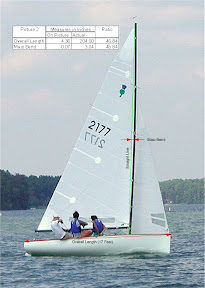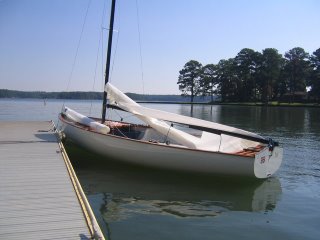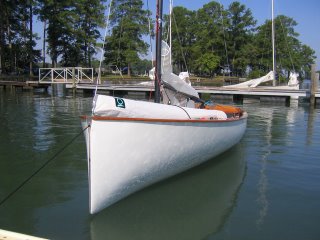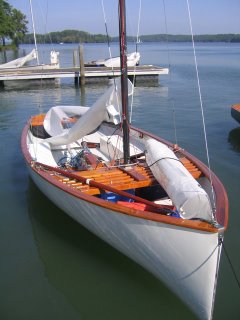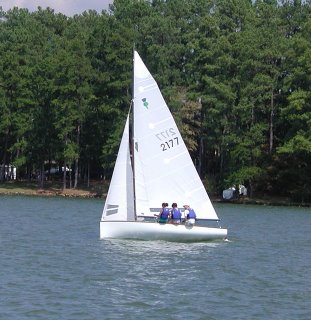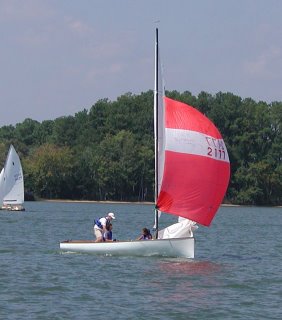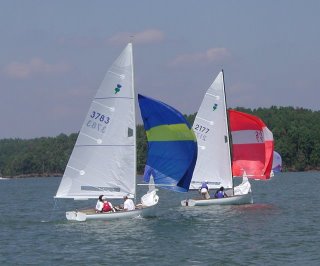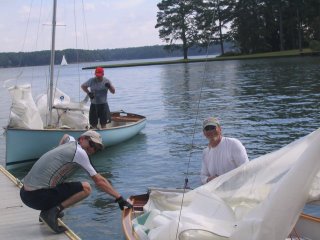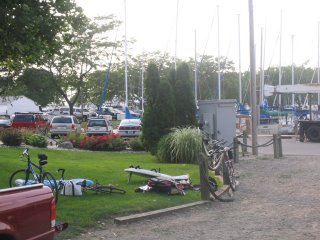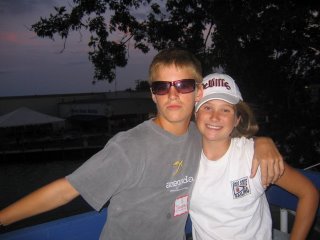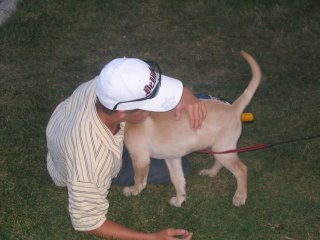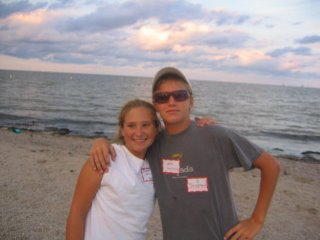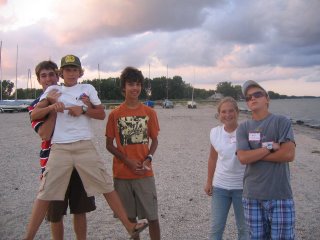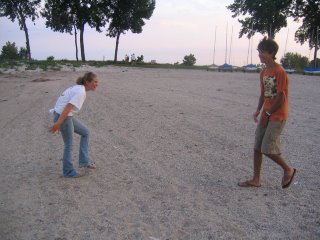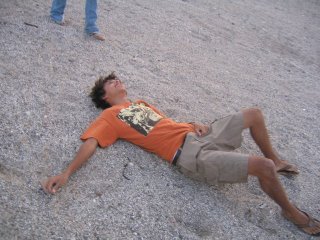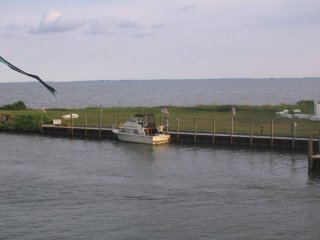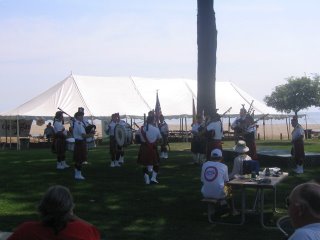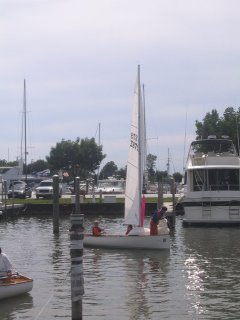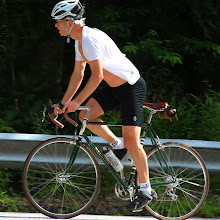These are a few notes from a Thistle clinic that was led by Bryce Dryden who is a fantastic sailor that has won Nationals twice. Bryce sailed on our boat and led us through tacking and gybing drills, teaching us the basics of boat handling. Mike Ross, the current AYC club champion and expert Thistler supported Bryce during the clinic.
Key concept - solid boat handling skills are critical and need to be in place in order to make good tactical decisions. The ability to tack or gybe with confidence to get the boat to where you want to be on the racecourse is key. Bryce and Mike Ross focused the group on basic boat handling including roll tacking and spinnaker gybes.
Upwind - Roll Tacking (from starboard to port in this example)
1. Skipper moves back on the rail about 3 feet to lift the bow out of the water helping the boat to turn.
2. The tack is initiated by gently pushing the tiller away. The mainsheet is also trimmed tightly for balance of the skipper, and to tighten the leach at the same time which helps turn the boat.
3. In lighter winds, any crew on the low (port) side prior to the tack should move across the boat to the new low side to encourage the boat to roll (to starboard)
4. As the boat turns, the radius of the turn gradually increases, but at no time should the tiller be "hard over" as this is not needed and would create extra drag.
5. As the main fills on the new tack, the boat will heal to leeward (starboard) and the crew should stand directly up and start to cross to the new high side. The helm should be standing with their right foot where the rear of the starboard seat tank meets the hull floor and the starboard rail should be very close to the water.
6. The main should be eased to the transom corner and the crew should stay on the new low side (starboard) until the boom has crossed the boat.
7. The helm should cross the boat, diagonally and forward towards the new position on the port rail. The boom can be used to push off on as leverage in light winds, and the tiller extension handle in the left hand can be placed on the port rail to help the helm maintain balance.
8. The boat at this point should be below her normal close-hauled course by perhaps 15-30 degrees on the new tack, depending on the wind strength.
9. As the boat is flattened on the new tack, the main and jib should be sheeted in together and the boat steered up towards her close-hauled heading. If this is done well, with good timing and a synchronized crew, the boat will "squirt" forward, accelerating on the new tack. The helm should by now have swapped the tiller to the right hand (hand on top near belly button!), with the sheet to the left hand, taking a big handful of mainsheet, generally above head-height.
10. Through this whole process, the helm should sit up, moving with confidence across the boat in a smooth motion, and not hunch over in the middle of the boat!
Downwind - Spinnaker Gybes (from port to starboard in this example)
1. The middle and skipper are on the port rail and the forward on the starboard rail.
For balance either I and/or both I and the middle crew might sit in a bit from the rail.
2. Forward crew moves under the boom and gets ready to gybe the pole and middle crew unhooks the guy and has all the slack out of the current guy line and is handling the line, not directly above the rail through the block, but from the turning block under the rail. Once the guy is out of the guy hook, it is easier and more natural to fly the spinnaker from the block under the rail.
3. Helm confirms that the crew is ready and gives the command for the gybe.
4. Helm steers to starboard to a "by-the-lee" heading and sheets in the main a little, while the forward moves the pole to the new guy. The right bottom corner of the kite at this stage should be close to the forestay, making it easy for the forward to grab the new guy and connect to the pole.
5. The spinnaker is best flown as much away from the boat as possible. Through the gybe, as the main comes across, the middle crew may need to tug just a bit on the original guy side. Immediately as the main has finished coming across, ease the new sheet and pull the new guy in a bit, not a lot (if you pull the new guy in a lot and do not ease the new sheet, the effect is that the spinnaker is sucked in close to the boat and under the main which in effect knocks out the wind in the spinnaker). As the spinnaker pole is attached, it will be easier for the new guy to be brought around more square to the boat, which actually depends on the angle the boat needs to head to the next mark. Don't worry about easing the main as it gybes. It might sound bad, but as long as the mainsheet isn't so long that the sidestay takes all the load of stopping the boom, it is ok to let it go full force.
6. As soon as the boom is coming across the boat and goes beyond the midpoint in the boat, then immediately begin heading back down doing the "S" turn. The skipper does not need to be in the middle of the boat or on the new side in order to begin doing so. The middle and skipper both stand and balance the boat while the forward crew finishes attaching the spinnaker pole. Once the pole is attached and the new guy is hooked by the forward, then the forward sits down on the lower side and simultaneously the middle sits down on the new high side. The skipper sits down once both forward and middle take their appropriate seats.
8. The boat should be heeled to weather until neutral helm in achieved, the amount to heel is dependant on the conditions.
9. The boom should generally cross the boat unassisted, although in heavy air, it will probably need to be pulled over.
10. NEVER release the boomvang in heavy air (or any other time during a less windy gybe). Doing so will make it even harder to have the boom come across because the leach is opened up and might actually go forward of the mast which can cause the boat to oscillate back and forth, proving to be unstable and uncomfortable for everyone in the boat. It is only advisable to have your hand on the vang line after a gybe is completed and the boom hits the water. Then it is appropriate to release the vang.
